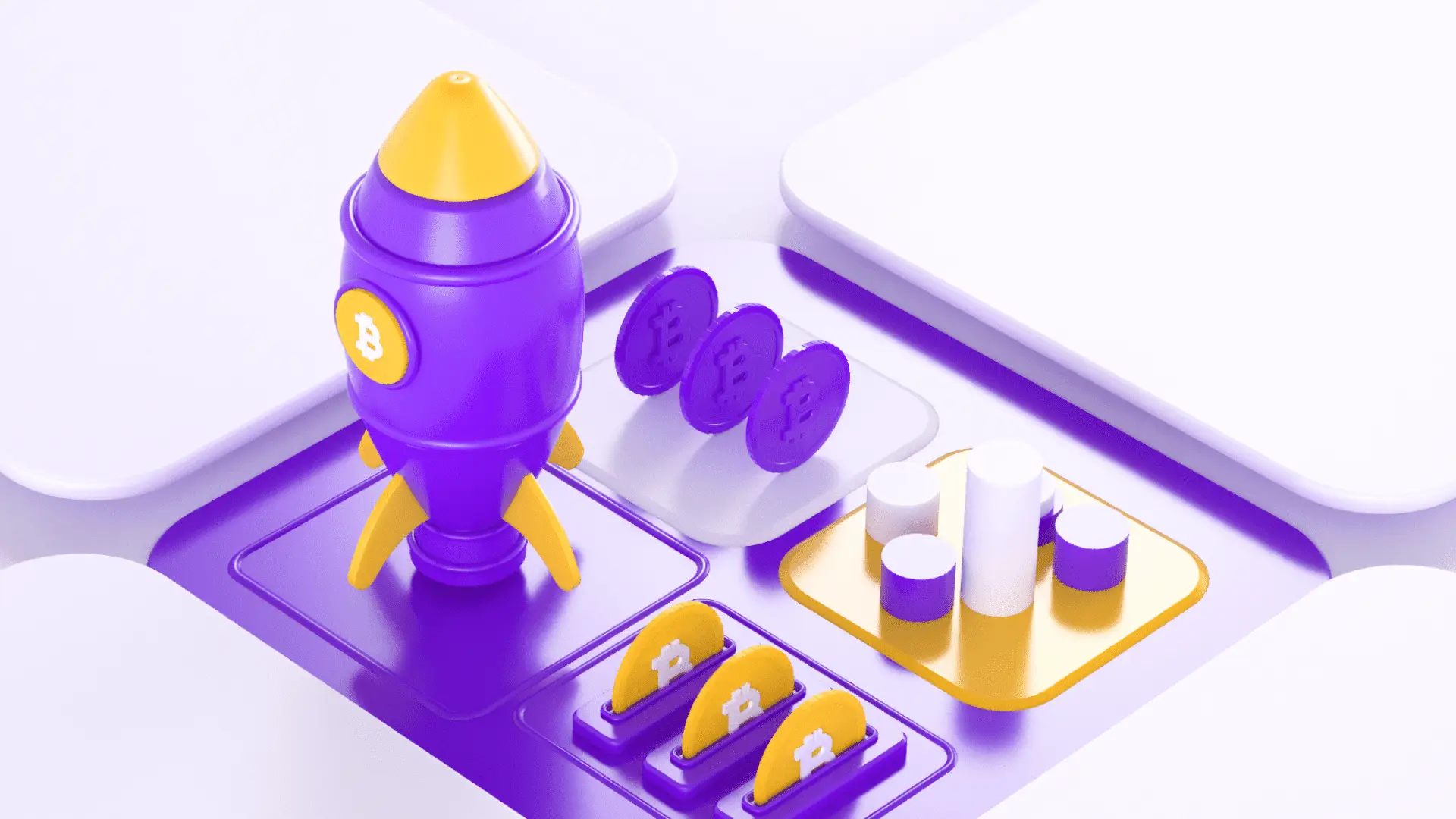In 2025, the cryptosphere relies on fast technologies, multi-platform applications, and complex security protocols. Constant volatility, regular hacker attacks, and increasing regulation enhance the demand for a conscious approach to the question of how to choose a cryptocurrency wallet.
Modern devices offer flexible storage formats: from mobile applications and browser extensions to hardware solutions. It is important to consider that the question of where to store cryptocurrency has ceased to be purely technical. Now it depends on the strategy, goals, and asset management style.
Storage Security: Technologies, Codes, and Passwords in 2025
Strong cryptographic methods, a well-thought-out encryption system, and access control through unique codes and complex passwords protect digital assets from threats.
Today, hackers use complex phishing schemes and attack not only exchanges but also individual cases. Multi-layered protection comes to the forefront. High security levels of cryptocurrency are provided by wallets with autonomous key generation and support for cold storage – these repositories are not connected to servers and maintain the owner’s privacy.
The selection must necessarily take into account protection through physical devices – hardware devices that cannot be remotely hacked.
Types of Crypto Wallets: How to Choose a Cryptocurrency Wallet Correctly
In 2025, the choice of a crypto wallet depends on the balance between the level of protection, convenience of access, and personal financial goals. Different storage formats provide unique opportunities and require a conscious approach to security. The market offers three main formats: hardware, software, and paper wallets.
Hardware Crypto Wallets
Hardware devices provide maximum protection. Popular models like Ledger Nano X and Trezor Model T use local storage of private keys, avoid constant internet connection, eliminate the risk of hacking through online services. The most secure crypto wallets support two-factor authentication and encryption with a backup recovery code.
Software Crypto Wallets
Mobile applications and browser extensions provide quick access but require constant security monitoring. MetaMask demonstrates high transaction processing speed but depends on the device’s security level and the reliability of applications. Choosing a crypto wallet for everyday payments is a question where mobility outweighs the storage level.
Paper Crypto Wallets
A paper wallet stores private keys in a physical format. This method minimizes the risk of hacking but requires strict storage control. Losing a paper medium leads to irreversible asset loss.
How to Choose a Cryptocurrency Wallet Correctly Without Errors
In 2025, a smart choice of crypto storage is the foundation for secure handling of digital assets. Making the wrong choice can lead to loss of access, financial losses, or hacks.
Key factors:
- Storage Type: cold (offline) or hot (online) storage of digital assets determines the balance between access speed and security level.
- Security Level: encryption support, password protection, backup codes, and two-factor authentication create a strong barrier against hacking.
- Compatibility: digital storage must support the required digital assets. It should also be compatible with various devices and operating systems.
- Interface and Convenience: clear functionality speeds up operations, minimizing the risk of errors in transactions.
- Regulation and Compliance: the legality of using the wallet in the country is a mandatory selection criterion.
Careful examination of all parameters helps avoid critical errors and choose a storage solution that will be stable and secure in the long term. A conscious approach to choosing protects both funds and the user’s personal data.
Where to Store Cryptocurrency: Examples of Real Strategies
Choosing the right cryptocurrency wallet is closely related to the task of where to store cryptocurrency safely and accessibly at the same time.
For short-term operations and active trading, software devices connected to exchanges or exchangers are suitable. Here, the exchange rate plays a decisive role, and transaction execution speed is a priority.
For long-term storage and protection of large sums, hardware wallets with offline access are used. Volatility and the risk of loss are reduced by avoiding constant internet connection.
The largest market players already allocate assets to different cases. This approach helps reduce risks, optimize income, and increase resilience to hacker attacks.
Security Guide: How to Choose a Cryptocurrency Wallet Correctly
Without understanding basic security principles, it is a direct path to the loss of digital assets.
Serious mistakes are often related to storing passwords in digital form without protection, ignoring updates, and using unreliable applications. It is important to rely on current technologies and proven devices that support two-factor authentication and complex encryption schemes.
Regular verification of download sources is necessary. Installing exclusively from official servers and developers’ websites eliminates the risk of infection with malicious code.
Passwords should be stored offline, on physical media, or in special encrypted storage without network connection.
Legislation and Regulation: Impact on Choosing a Crypto Wallet
Many countries are implementing mandatory requirements for identifying and reporting operations with digital assets. Regulation strengthens control over transactions and requires the use of wallets supporting KYC (customer identification).
Using anonymous wallets in a jurisdiction with strict legislation can lead to access blocking or transaction restrictions. It is important to choose a wallet that complies with local laws and is allowed to operate on the chosen exchange.
Volatility, Risk, and Income: Impact on Choosing a Cryptocurrency Wallet
High volatility of digital assets requires readiness for instant operations when the exchange rate changes. Here, mobile and software devices with instant access to the exchange and built-in exchange tools are advantageous.
For long-term strategies focusing on income preservation and risk minimization, preference is given to hardware devices operating in offline mode.
Distributing assets between hot and cold wallets allows flexible response to market changes and maintains a high level of cryptocurrency security.
Conclusion
Choosing the right cryptocurrency wallet is a question that requires strategic thinking. Without careful analysis of security, regulation, storage goals, and device format, it is difficult to ensure reliable protection of digital assets. In 2025, a smart selection of crypto storage becomes the basis for financial stability in the cryptosphere, where speed, risk, income, and privacy require constant control.
 en
en  ru
ru  de
de  ar
ar  es
es  nl
nl  hi
hi  fr
fr  it
it  pt
pt  el
el 






